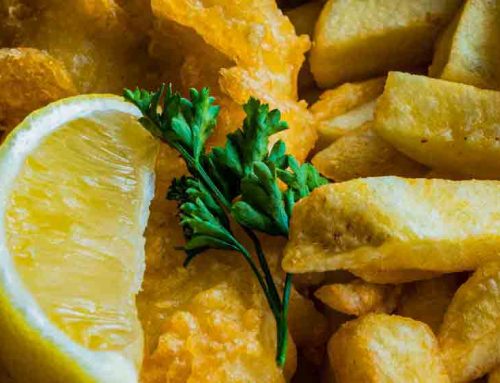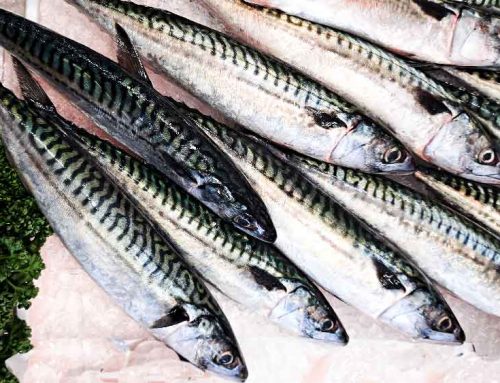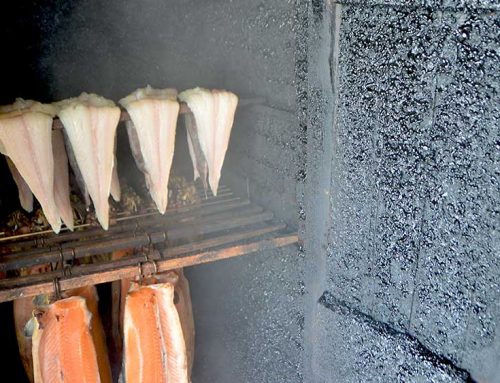Samphire is a real food treat and when its in season we have it in the shop. It is a seaside vegetable that has a taste of the ocean and a crisp texture, it has long been a traditional accompaniment for fish and other seafood. Having spent some time in obscurity it is now an increasingly fashionable vegetable (and rightly so) appearing on fine restaurant menus around the country not to mention regular appearances with TV cooks and chefs.
About Samphire
Samphire is an annual plant that begins growing at the end of the year in late autumn then remains dormant during the winter until warmer weather in spring. Then the first stems begin to grow and by mid-spring the plant will measures some 6 to 8 cm. The Samphire season begins in April or May depending on the weather and continues until August.
Samphire is named after the patron saint of fishermen Saint Peter because the plants grow in rocky salt-sprayed regions along the sea coast of northern Europe or in its coastal marsh areas. Originally it was known as “sampiere”, which is a corruption of the French “Saint Pierre” (Saint Peter). It is sometimes called sea asparagus or sea pickle. In Norfolk it is commonly called sampha. In North Wales, especially along the River Dee’s marshes, it has always been known as sampkin.
It is Marsh Samphire (Part of the Beet family) that is harvested for eating and should not be confused with Rock Samphire.
How to cook Samphire
Its quick and easy.
This is a versatile vegetable (which is often compared to baby asparagus). Quite often, it is simply boiled or steamed with a little olive oil or butter to create a delicious accompaniment to a main, or as part of a salad. With its slightly salty sea taste, Samphire is the perfect accompaniment to grilled or fried fish.
- Wash and rinse it thoroughly in cold water, to make sure there is no grit and sand. Break up any larger multi-branched pieces into smaller stems.
- Bring a large pan of water to the boil, drop in the Samphire and cook for three to four minutes. Its high salt content means that salt needn’t be added whilst cooking.
- To serve drain well season well with some pepper. Then toss with butter and/or some olive oil. Then serve right away. You might like to add some lemon wedges.
This will be perfect alongside a tasty piece of grilled fish from Walter Purkis and Sons. You can find lots of fish recipes here >>






